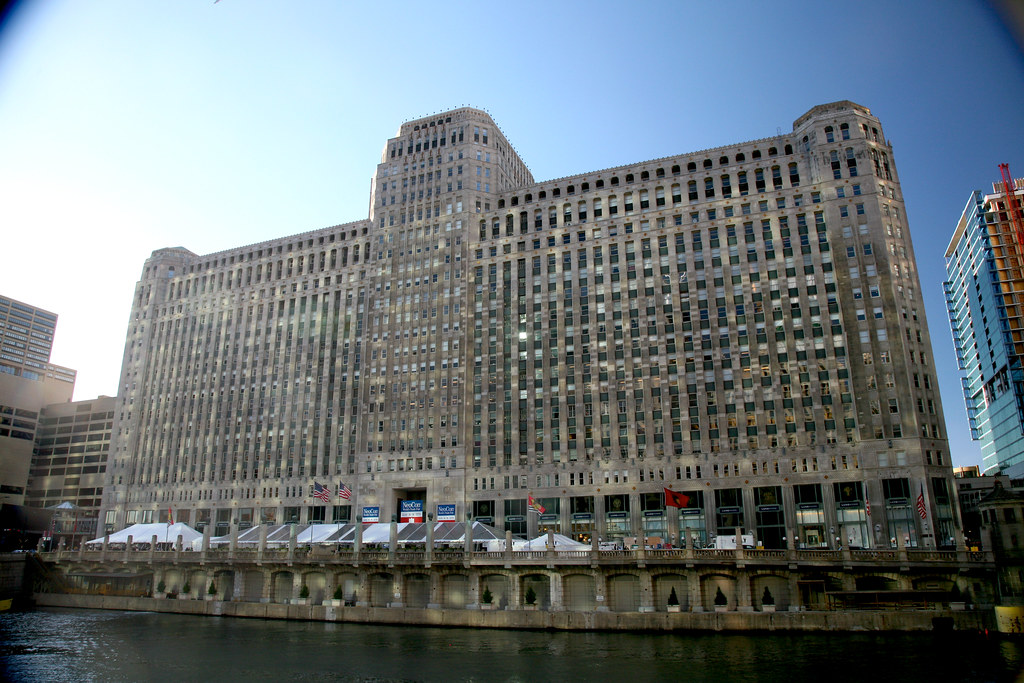
The American retail landscape is a dynamic, often unforgiving arena where innovation, market shifts, and consumer preferences dictate who thrives and who falters. For decades, many iconic names established themselves as pillars of local communities and national commerce, shaping how Americans shopped for everything from auto parts to sporting goods, and from home furnishings to groceries. However, the relentless pace of change, intensified by technological advancements, evolving competitive pressures, and economic turbulence, has ensured that even the most established brands are not immune to obsolescence.
The last two decades, in particular, have been a period of profound transformation, witnessing the complete disappearance of numerous retailers that once seemed invincible. This deep dive into the retail graveyard focuses on a select group of American giants that, despite their significant market presence, ultimately succumbed to various forces between 2004 and the present day. We’ll explore the stories behind their demise, understanding the specific events—be it bankruptcy, strategic acquisitions, or simply an inability to adapt—that led to their closure.
This article, presented in a factual and analytical style, aims to illuminate the underlying currents that reshaped the consumer market, forcing once-familiar storefronts to fade into memory. By examining these compelling cases, we gain valuable insights into the vulnerabilities inherent in retail, offering a stark reminder that even the biggest players must continuously innovate and respond to maintain their footing in an ever-shifting economic terrain. Join us as we recount the tales of these once-mighty American retailers whose physical presence has vanished in the span of merely two decades.
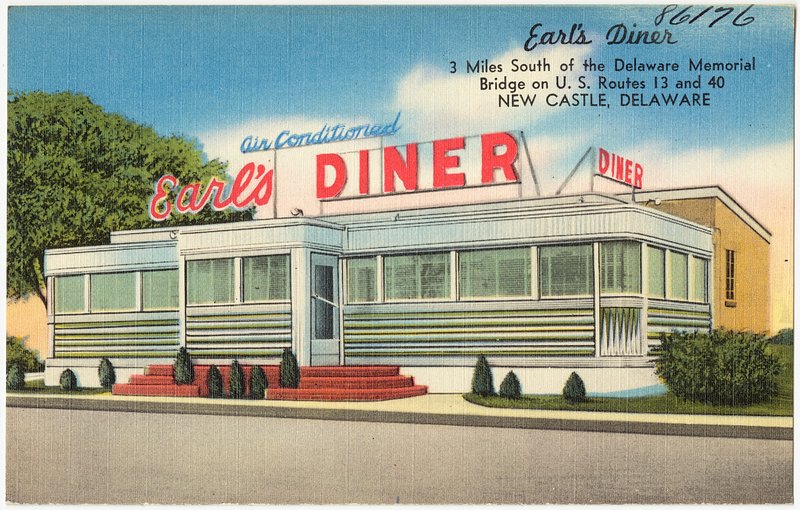
1. **Galyan’s Trading Post**: For many outdoor enthusiasts and sports aficionados, Galyan’s Trading Post represented a destination, a large-format specialty retailer that catered to a diverse range of athletic and recreational needs. Its stores were known for offering an extensive selection of gear, apparel, and equipment, distinguishing itself in a competitive market by providing a more curated and experiential shopping journey for its customers. This focus on specialized offerings had carved out a significant niche for the brand.
The chapter on Galyan’s Trading Post as an independent entity concluded in 2004. In a pivotal moment for the sporting goods industry, the company was acquired by Dick’s Sporting Goods. This acquisition marked the end of Galyan’s distinct brand identity, as its locations were subsequently integrated into the larger corporate structure of its acquirer.
The absorption of Galyan’s into Dick’s Sporting Goods was a strategic move that reflected broader consolidation trends within the retail sector at the time. While the brand name Galyan’s faded from the storefronts, its legacy likely contributed to the expanded footprint and specialized offerings of the acquiring company. Its disappearance underscored how larger entities sought to enhance their market share and diversify their inventory through the strategic integration of successful, albeit smaller, specialized chains.

2. **Just for Feet**: Just for Feet emerged as a prominent footwear retailer, building its brand around a vast selection of athletic and casual shoes, coupled with a high-energy shopping environment. For customers, it was more than just a shoe store; it was an experience, often featuring in-store basketball courts and other interactive elements designed to engage shoppers. This innovative approach to retail quickly garnered attention and allowed the company to expand rapidly across the United States.
However, despite its initial success and rapid expansion, Just for Feet encountered severe financial difficulties towards the end of the 20th century. The company filed for bankruptcy in 1999, a clear indication of the challenges it faced in maintaining its ambitious growth strategy amid increasing competition and shifting market dynamics. This financial distress marked a turning point for the once-buzzy chain.
Following its bankruptcy, parts of the company were acquired by Footstar, another significant entity in the footwear retail space. This acquisition was an attempt to salvage value and integrate some of its assets into a different corporate umbrella. However, the efforts to sustain the brand under new ownership proved to be unsuccessful, leading to the ultimate closure of all remaining Just for Feet stores in 2004, thus marking its complete disappearance from the American retail landscape.
Read more about: Seriously, What Happened? 13 Legendary Muscle Cars Automakers Just Don’t Build Anymore, But Absolutely Should!

3. **K’s Merchandise Mart**: K’s Merchandise Mart operated as a catalog showroom retailer, a business model that blended traditional retail with a catalog ordering system. Customers would browse extensive catalogs in the showroom, select desired items, and then often pick them up from a warehouse-style counter. This format was particularly popular for durable goods, jewelry, and electronics, offering a different kind of shopping experience than conventional department stores.
However, the competitive landscape for catalog showrooms began to shift dramatically with the rise of big-box discount retailers and, later, the burgeoning online retail market. These new models offered consumers either lower prices through direct warehousing or unparalleled convenience through home delivery, putting immense pressure on the traditional catalog showroom format. The operational costs of maintaining showrooms and inventory without the full sales floor efficiency became a growing challenge.
Ultimately, K’s Merchandise Mart faced insurmountable obstacles, leading to its liquidation in 2006. This event marked the complete cessation of operations, as the company closed its doors for good. Its demise was symptomatic of the broader decline of the catalog showroom industry, which struggled to adapt to a diverse and efficient retail environment. The disappearance of K’s Merchandise Mart highlighted how quickly once-viable business models could become obsolete.
Read more about: Beyond the Price Tag: 11 Affordable Tire Brands That Deliver Exceptional Durability and Value for Your Vehicle
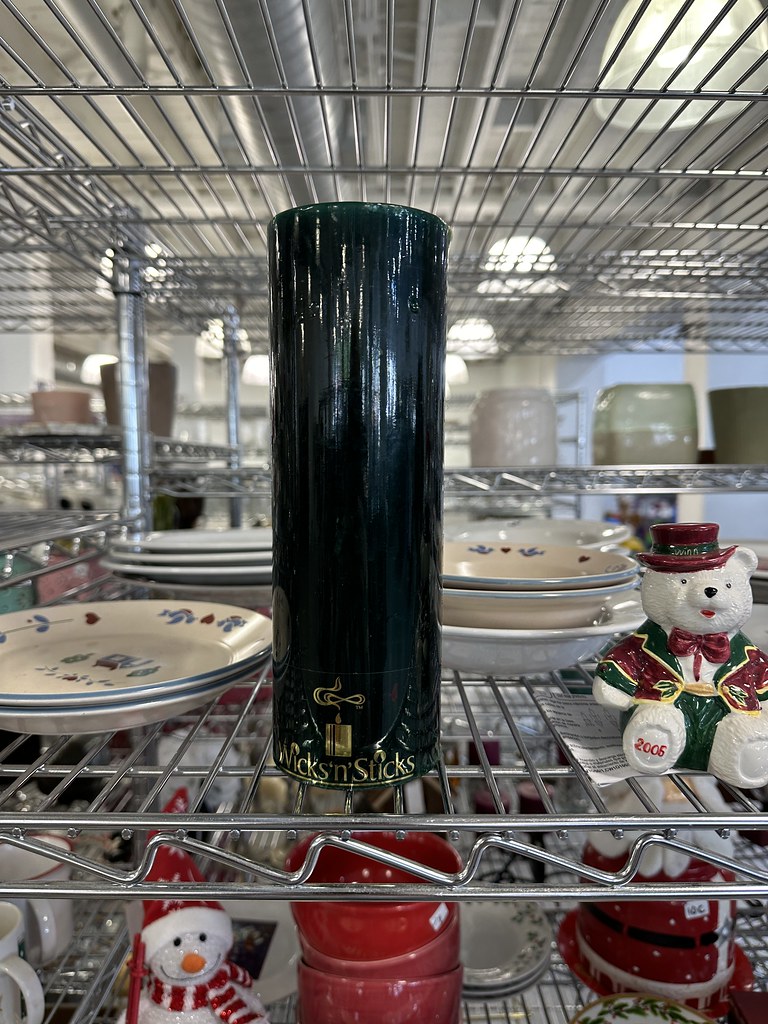
4. **Wicks ‘N’ Sticks**: Wicks ‘N’ Sticks was a specialty retailer that focused on candles, candle accessories, and various home fragrance and decorative items. It provided consumers with a dedicated destination for enhancing their living spaces with ambiance and scent, a niche market that gained considerable popularity in the latter half of the 20th century. The stores often featured a wide assortment of candles in different shapes, sizes, colors, and fragrances, along with holders and related decorative accents.
However, the retail environment for specialty stores, particularly those in home decor, became increasingly competitive. Mainstream retailers, including larger department stores and eventually big-box stores, began to expand their own offerings in candles and home fragrances, often at more competitive price points or with broader appeal. This increased competition, coupled with shifts in consumer spending habits, began to erode the unique position Wicks ‘N’ Sticks once held.
Financial pressures mounted, leading the company to file for bankruptcy in 2006. Following this, Wicks ‘N’ Sticks closed all its corporate-owned stores, significantly scaling back its physical presence. While some independently owned franchise locations continued for a period, the corporate entity, representing the bulk of the brand’s footprint, ceased operations, disappearing from the national retail scene in its primary form. The last franchise locations eventually closed in 2016 at Volusia Mall.
Read more about: Hold Up! These 14 Horror Movies Truly Deserve Their Infamous Reputations – And We’ll Tell You Why
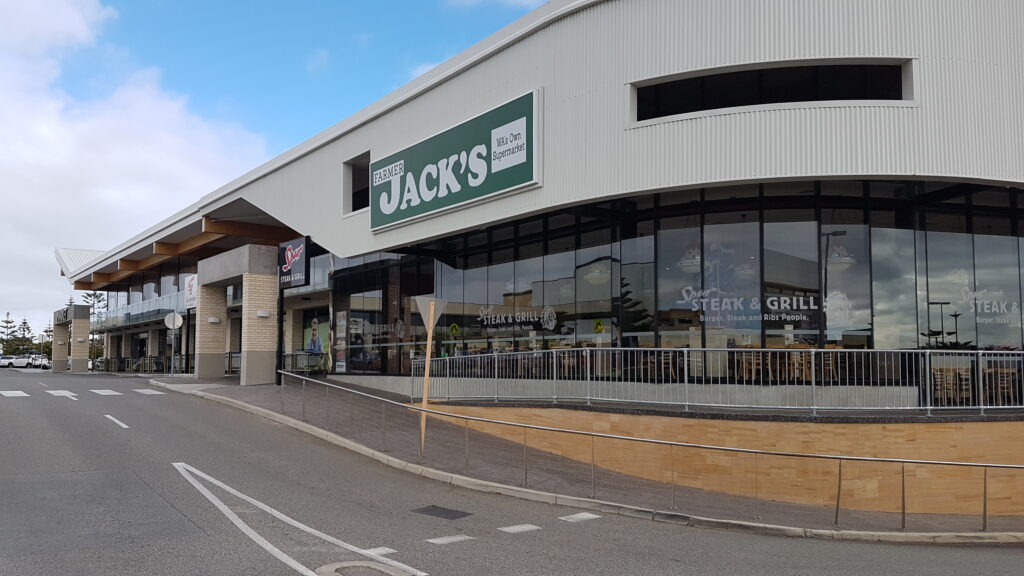
5. **Farmer Jack**: Farmer Jack was a prominent grocery chain, particularly in the Metro Detroit area, where it had a long-standing history and a significant market share. For decades, it served as a cornerstone for local communities, providing fresh produce, pantry staples, and a full range of grocery items. The chain was known for its consistent presence and commitment to serving its customer base, establishing itself as a trusted name in the highly competitive supermarket sector.
The grocery market, however, is notoriously cutthroat, characterized by thin margins and intense competition from various formats, including larger national chains, discount stores, and increasingly, specialized food retailers. Farmer Jack, despite its regional strength and loyal customer following, faced immense pressure to compete on price, selection, and convenience against these diverse rivals. The landscape demanded constant adaptation and significant investment to remain relevant.
In 1989, Farmer Jack was acquired by A&P, another historically significant, though at the time also struggling, national grocery retailer. This acquisition brought Farmer Jack under a larger corporate umbrella, which often entails strategic shifts, rebranding efforts, and integration challenges. Despite being part of A&P, the Farmer Jack brand continued to operate, attempting to leverage its regional equity while benefiting from the resources of a larger parent company.
Unfortunately, the parent company’s broader financial struggles eventually caught up with its subsidiary. After years of operation under A&P, the decision was made to close and liquidate the Farmer Jack chain. All Farmer Jack stores ceased operations on July 7, 2007, marking the end of a long-standing grocery institution in the Metro Detroit area. Its disappearance left a void for many communities and highlighted the severe challenges facing regional grocery chains in a consolidating market.
Read more about: Remember the ’80s? These 15 Iconic Utility Vehicles Were the Absolute Titans of Off-Road and the Adventure Trail!

6. **Wild Oats Markets**: Wild Oats Markets established itself as a pioneering natural foods market, catering to a growing segment of consumers interested in organic, healthy, and sustainably sourced products. Before organic foods became mainstream, Wild Oats offered a specialized shopping experience, distinguishing itself from conventional supermarkets by focusing on a curated selection of natural and organic groceries, supplements, and body care items. It played a crucial role in making these products accessible to a broader audience.
As the natural and organic food trend gained momentum, the market dynamics began to shift dramatically. Larger, more conventional grocery chains, recognizing the burgeoning demand, started to expand their own organic and natural product lines. This increased competition from mainstream retailers, including the then-dominant player in the natural foods sector, Whole Foods Market, intensified the pressures on Wild Oats.
In 2007, Wild Oats Markets was acquired by its larger competitor, Whole Foods Market. This acquisition effectively consolidated the two largest natural foods retailers at the time, leading to the disappearance of the Wild Oats brand as a standalone entity. While the spirit of natural foods retail continued under the Whole Foods banner, the distinct identity and physical storefronts of Wild Oats Markets faded, marking a significant moment of consolidation in the specialized grocery sector.
Read more about: Navigating the Wild: The Best 2025 SUVs Packed with Off-Roading Prowess for American Adventurers
7. **Mervyn’s**: Mervyn’s was a California-based regional department store that had been a fixture in American retail since its founding in 1949. It carved out a niche as a middle-market retailer, offering a broad range of apparel, home goods, and accessories, primarily targeting families. For decades, Mervyn’s stores were reliable destinations for everyday shopping, known for their accessible pricing and practical product selection.
Mervyn’s attempted to navigate these turbulent waters, but a series of strategic missteps and external economic pressures proved to be too great. One particularly ill-fated decision involved an expansion out of its established West Coast markets, a move that stretched its resources and complicated its operational logistics. This expansion occurred in the months leading up to a significant recession, exacerbating already existing financial vulnerabilities.
Heightened competition, strategic miscalculations, and the onset of the 2008 recession created an insurmountable financial burden for Mervyn’s. The company was forced into bankruptcy in 2008, a direct consequence of these compounding factors. This bankruptcy filing led to widespread closure and liquidation of all its stores, ending a nearly 60-year legacy in American retail and signifying the broader difficulties facing regional department store chains during that era.
The narrative of retail evolution did not pause in 2008; if anything, the economic downturn of that year, coupled with the accelerating rise of e-commerce and changing consumer behaviors, only intensified the pressures on established brick-and-mortar giants. As the dust settled from the initial wave of disappearances, a new set of challenges emerged, forcing even more titans of American commerce to re-evaluate their strategies, often with ultimately dire consequences. This second phase of our journey through the retail graveyard uncovers the stories of eight more significant American retailers that succumbed to these evolving competitive pressures, consumer trends, and economic factors between 2008 and 2020, offering further analytical perspective on the relentless shifts shaping modern commerce.
Read more about: An In-Depth Retrospective on ‘Chuck’: Exploring the Action-Comedy Spy Drama’s Enduring Legacy
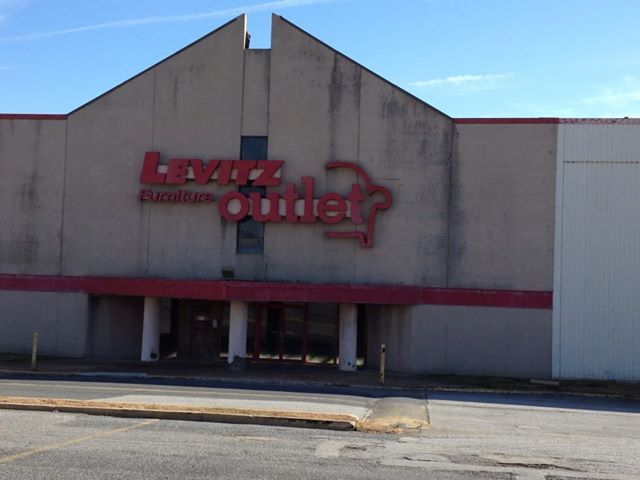
8. **Levitz Furniture**: Levitz Furniture was a household name for generations, having been in business for nearly a century as a prominent furniture retailer. Founded on a unique “warehouse showroom” concept, it allowed customers to browse extensive displays and then take their furniture home immediately from an attached warehouse, a departure from the traditional model of ordering and waiting for delivery. This innovative approach resonated with consumers seeking instant gratification and competitive pricing, enabling Levitz to grow into a national presence.
However, the very model that fueled its growth eventually became a vulnerability. Maintaining vast warehouse spaces and extensive inventory became increasingly costly and inefficient in a shifting economic landscape, especially as more agile competitors emerged. The rise of specialized furniture chains, big-box home furnishing stores, and eventually online retailers began to erode Levitz’s market share and profitability.
The financial pressures culminated in several bankruptcy filings over the years, reflecting its struggle to adapt to changing consumer preferences and operational demands. Despite various restructuring efforts, the company ultimately faced insurmountable debt and market challenges. Levitz Furniture finally liquidated in bankruptcy in early 2008, drawing the curtain on a nearly 100-year legacy and marking a significant loss for the traditional furniture retail sector.
9. **Circuit City**: Circuit City was once an electronics retail powerhouse, a ubiquitous presence in shopping centers across the United States. For many consumers, it was the go-to destination for everything from televisions and stereos to computers and video games. Its expansive showrooms, often staffed with knowledgeable sales associates, provided an appealing environment for exploring the latest in consumer technology, establishing it as a dominant force in the highly competitive electronics market.
However, a series of strategic missteps and external pressures began to undermine its position. Fierce price competition, the rise of online retailers like Amazon, and a controversial decision in 2007 to fire thousands of its highest-paid sales associates, ostensibly to cut costs, severely impacted customer service and brand loyalty. These internal and external factors weakened its ability to compete effectively in an increasingly cutthroat industry.
The financial strain became unsustainable, leading Circuit City to file for Chapter 11 bankruptcy protection in November 2008, amidst the deepening Great Recession. Despite attempts to reorganize and restructure, the company was unable to find a buyer or secure sufficient financing to continue operations. This led to its liquidation, with all remaining stores closing by March 8, 2009, effectively ending the physical presence of one of America’s most recognizable electronics retailers. Though the brand attempted an online revival later, its physical disappearance marked a profound shift in the retail landscape.
Read more about: Where Did the Open Road Go? Revisiting 8 Beloved American Road Trips Families No Longer Explore
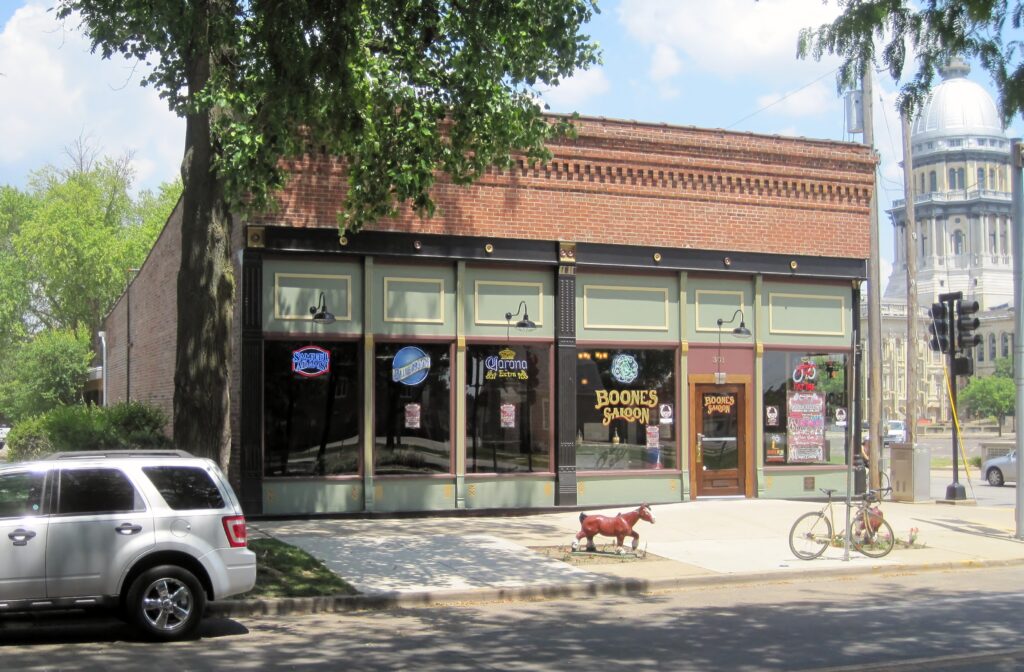
10. **Gottschalks**: Gottschalks stood as a venerable regional department store, rooted in its community since its founding in 1904. For over a century, it served as a reliable destination for apparel, home goods, and other general merchandise, cultivating a loyal customer base across its primarily West Coast footprint. As an independently owned, publicly traded department store, it held a unique position, often seen as a local alternative to larger national chains.
Economic challenges further exacerbated its vulnerabilities. The onset of the 2008 financial crisis dealt a severe blow to consumer spending, particularly in the discretionary categories that department stores heavily relied upon. This downturn intensified competition and reduced foot traffic, placing immense pressure on the company’s financial health.
Ultimately, these compounding factors proved too formidable for the long-standing retailer. Bankruptcy claimed the brand in 2009, leading to the closure and liquidation of all its stores. The demise of Gottschalks served as a poignant example of how even well-established regional anchors, with deep roots in their communities, could not withstand the combined forces of evolving market dynamics and severe economic recession.
11. **Ruehl No.925**: Ruehl No.925 was an ambitious concept launched by Abercrombie & Fitch in 2004, aiming to capture an older, more sophisticated demographic than its popular teen-focused brands. Designed to evoke the feel of a luxurious Greenwich Village townhouse, complete with low lighting, dark wood interiors, and a distinct scent, the stores offered premium denim, casual wear, and accessories for men and women aged 22-35. It was an attempt by A&F to diversify its portfolio and tap into a higher-end, post-collegiate market.
However, despite the significant investment in store design and brand positioning, Ruehl No.925 struggled to gain traction with its intended audience. Its pricing was often considered high, and the “dark and club-like” atmosphere, while unique, did not universally appeal to shoppers looking for a more accessible or conventional retail experience. The brand also faced internal challenges, including slower-than-anticipated sales and mounting operating losses.
After several years of underperformance, Abercrombie & Fitch made the strategic decision to cease operations of Ruehl No.925 in early 2010. The closure of its stores and the discontinuation of its e-commerce site marked the end of an experimental chapter for its parent company, highlighting the difficulties even established fashion giants face when attempting to launch new, premium brands in a rapidly changing retail landscape, especially during a period of economic recovery.

12. **Ultimate Electronics**: Ultimate Electronics carved out a niche as a high-end consumer electronics retailer, particularly strong in the Rocky Mountain and Midwest regions of the United States. Unlike broader electronics chains, it focused on offering premium brands and a more personalized, service-oriented shopping experience. Customers often turned to Ultimate Electronics for large-screen televisions, home theater systems, and custom installations, seeking expert advice and higher-quality products.
However, the highly competitive nature of electronics retail, combined with the increasing ease of online purchasing and the rise of big-box discounters expanding their premium offerings, put immense pressure on Ultimate Electronics. The specialized market it served began to shrink, and maintaining high-overhead stores with extensive demonstration areas became increasingly challenging, particularly as consumers became more price-sensitive in the post-recession era.
The confluence of these market dynamics and an inability to sustain profitability led the company to file for bankruptcy in 2011. Despite its efforts to restructure and find a path forward, Ultimate Electronics was ultimately unable to survive the intense competition and evolving consumer habits. The bankruptcy led to the closure of all its remaining stores, marking the disappearance of another prominent player in the rapidly consolidating consumer electronics retail sector.
Read more about: Echoes of Industry: Unearthing 12 American Factories That Shaped Blue-Collar Towns, Now Rarely Hiring

13. **A&P**: The Great Atlantic & Pacific Tea Company, better known as A&P, was once the largest grocery retailer in the United States and, for a time, the world. With a history stretching back to 1859, A&P was an iconic brand, pioneering many aspects of modern grocery retail, including store brands and self-service. Its red-and-white storefronts were a familiar sight across countless American communities for well over a century, embodying the evolution of the American supermarket.
Through various formats, including its flagship A&P stores, Waldbaum’s, Super Fresh, and others, the company maintained a significant presence, particularly in the Northeast. It served generations of shoppers, adapting its offerings over time to meet diverse consumer needs. For much of its history, A&P was a formidable force, shaping local food economies and setting industry standards.
However, decades of intense competition from new formats—like supercenters, discount grocers, and warehouse clubs—along with internal strategic challenges, eroded A&P’s market leadership. The company struggled to modernize its store fleet, differentiate its offerings, and compete effectively on price and convenience against nimbler rivals. It faced several periods of financial distress, including multiple bankruptcy filings, as it attempted to reinvent itself.
Despite restructuring efforts and attempts to revitalize its brand, A&P’s financial woes deepened. It filed for bankruptcy for the second time in July 2015, unable to overcome its legacy costs and intense market competition. This final bankruptcy led to the gradual closure of its remaining stores, with the last A&P-branded location closing its doors in November 2015. The disappearance of A&P was not just the end of a chain, but the symbolic end of an era for one of America’s oldest and most influential grocery retailers.
Read more about: 16 Must-See Classic Films Highlighting Cate Blanchett’s Incredible Range
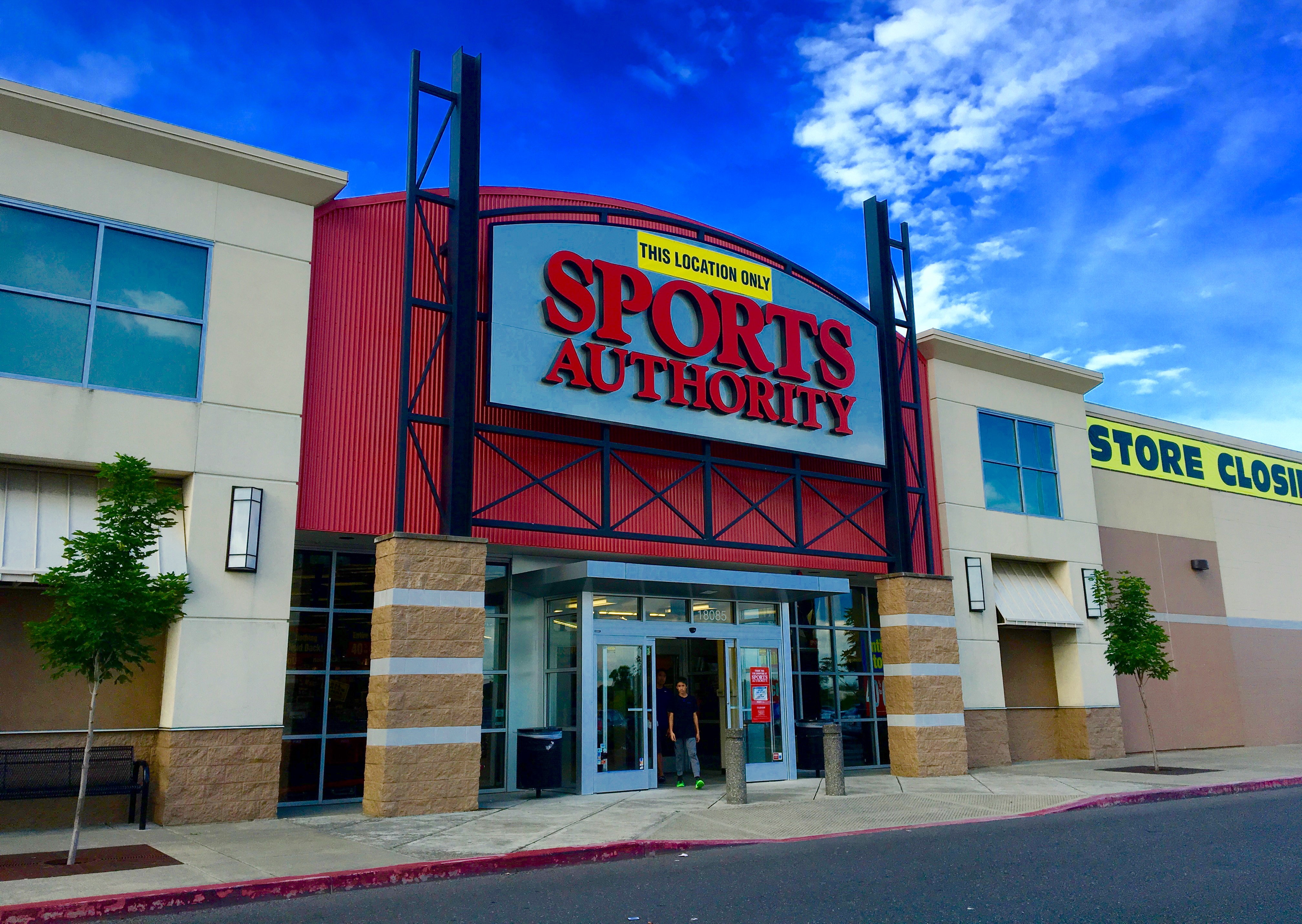
14. **Sports Authority**: Sports Authority was a major player in the sporting goods retail market, growing into one of the largest chains in the United States with hundreds of locations. It offered a wide array of athletic equipment, apparel, footwear, and accessories, catering to amateur athletes, outdoor enthusiasts, and casual shoppers alike. For many years, it served as a one-stop shop for sporting needs, from team sports gear to fitness equipment.
The company’s strategy revolved around offering a broad selection and competitive pricing, often anchoring large shopping centers or operating as freestanding big-box stores. Its extensive footprint and brand recognition made it a formidable competitor, and it frequently engaged in aggressive promotional activities to attract and retain customers in a highly competitive sector.
However, the sporting goods industry began to face increasing fragmentation and competition from several directions. Online retailers gained market share, specialty stores offered deeper expertise in niche categories, and even mass merchandisers expanded their athletic offerings. Sports Authority struggled to adapt to these shifts, burdened by significant debt, outdated store designs, and an inability to effectively integrate its online and in-store experiences.
The mounting financial pressures led Sports Authority to file for Chapter 11 bankruptcy in March 2016. Despite initial hopes for a reorganization that would preserve some of its stores, the company was ultimately unable to secure a viable path forward. This resulted in the complete liquidation of all its assets and the closure of all its stores, officially ending its operations by late 2016. Its collapse highlighted the perils of failing to innovate and adapt in a rapidly changing retail landscape, even for dominant players.
Read more about: 15 Knit Polo Shirts Women Over 60 Should Buy to Make Any Skirt Look Elegant This Season.
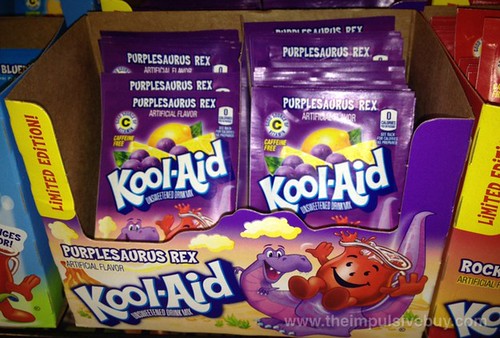
15. **The Limited**: The Limited was an iconic women’s apparel retailer, particularly prominent in shopping malls across America for decades. Founded in 1963, it became known for offering trendy, accessible fashion, helping to define the look of working women and casual wear through the 1970s, 80s, and 90s. Its success spawned a retail empire that included other well-known brands like Express, Victoria’s Secret, and Bath & Body Works.
For many years, The Limited was a bellwether of mall fashion, consistently delivering popular styles and maintaining a strong connection with its core demographic. Its stores were often bustling, providing a complete wardrobe solution for women seeking modern, stylish clothing at reasonable price points. The brand’s influence on American women’s fashion was undeniable during its heyday.
However, the retail landscape for mall-based apparel stores underwent profound changes in the 21st century. The rise of fast fashion, online shopping, and direct-to-consumer brands created intense competition and shifted consumer preferences away from traditional mall anchor stores. The Limited, like many of its peers, struggled to keep pace with these accelerating trends, facing declining foot traffic and intense price pressure.
The company’s financial struggles became unsustainable, leading it to file for bankruptcy and liquidate its operations in 2017. This resulted in the closure of all its remaining 250 physical stores across the United States. While the brand eventually saw a revival as an online retailer after being acquired, its physical disappearance from malls across the country marked a significant moment in the ongoing transformation of the American apparel retail sector, symbolizing the challenges faced by once-dominant fashion chains.
Read more about: Burt Reynolds, Enduring Icon of Film and Television, Dies at 82
The stories of these retailers are more than just accounts of business failures; they are vivid lessons in the brutal realities of market dynamics, the imperative of continuous innovation, and the ever-shifting sands of consumer loyalty. From the specialized niche players to the sprawling general merchandisers, each disappearance underscores the vital truth that in the American retail arena, stagnation is the quickest path to obsolescence. As we look ahead, the lessons from these vanished giants will undoubtedly continue to inform strategies for survival and success in an endlessly evolving commercial world.



